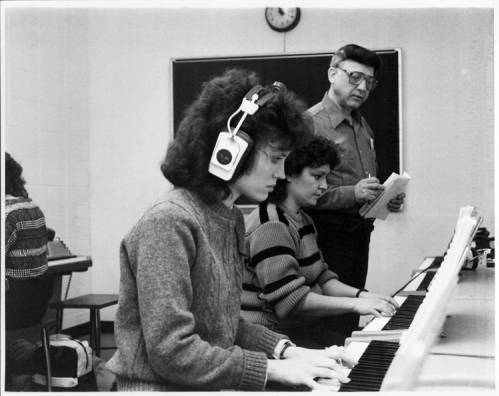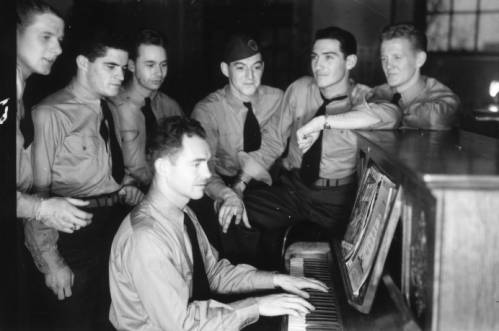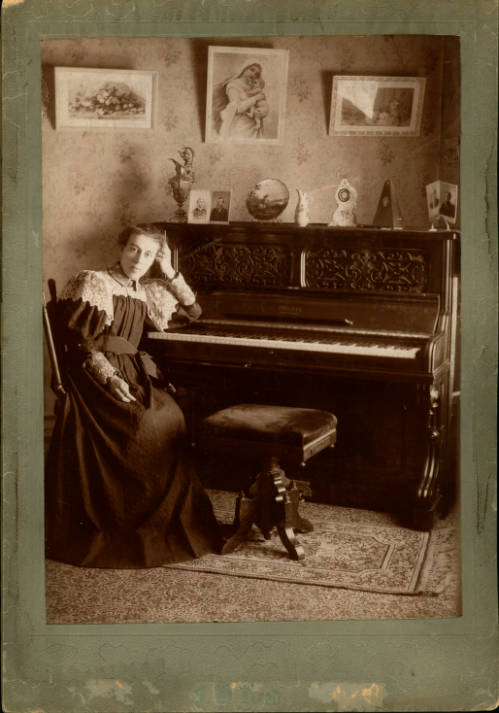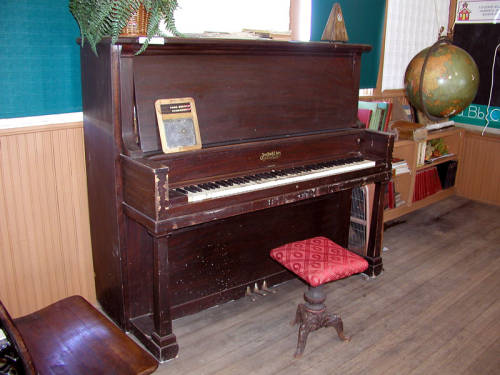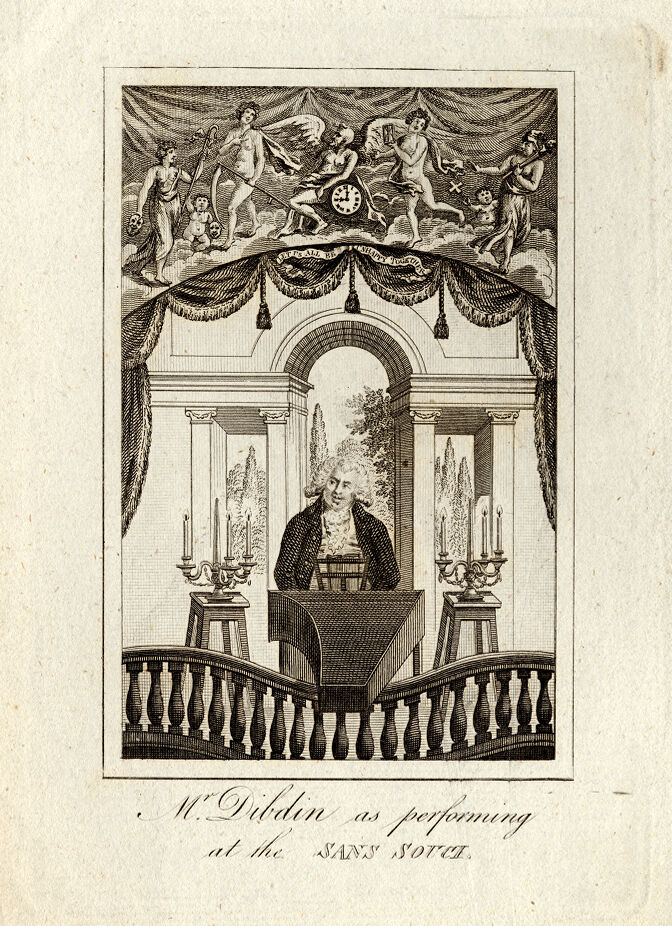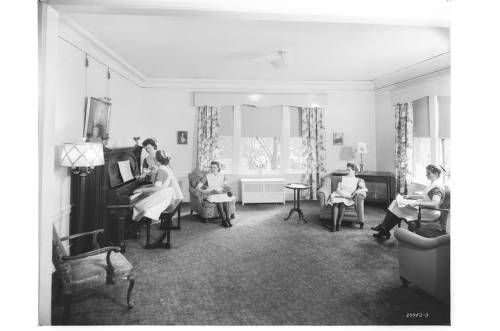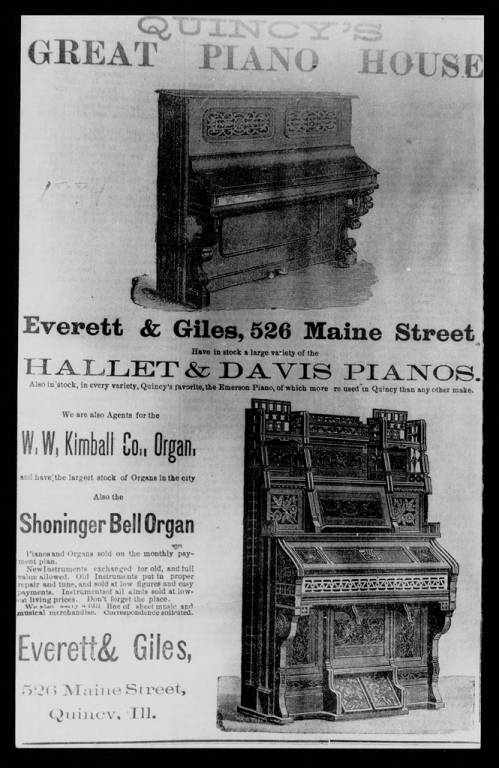Through its more than half a million items, the IDHH provides invaluable glimpses into the history of the state of Illinois and the people that have lived here. However, all too often we do not know the viewpoint from behind the camera, the eye behind the lens. To better appreciate those capturing history with the snap of a camera shutter, the IDHH is featuring the Eddie Winfred “Doc” Helm Photograph Collection at the Illinois State Archives. Born in Mount Vernon, Illinois in 1911, Eddie Winfred Helm showed an interest in photography while still young, earning the nickname of “Doc” due to an early job delivering prescriptions for a local pharmacy. In 1934, Helm moved to Springfield to begin working with the Illinois Secretary of State’s office. One of a few African-Americans working in the Capitol complex at that time, he initially performed a variety of duties for the Office, including that of putting the state flag on top of the Capitol Building each day without a harness or other protective gear.
During his first decade in Springfield, Helm held various positions within the Capitol Building, coming in time to microfilm documents for the Illinois State Library in the early 1940s. The Library contained a photo lab, where Helm began to develop personal film there on his lunch breaks, and Helm’s photographic talents caught the notice of the Head Librarian in 1944. This attention resulted in Helm’s appointment as the Official State Photographer in February 1944. Until his retirement in 1992, Helm photographed all manner of state events featuring dignitaries, celebrities, and everyday citizens alike. In his capacity as Official State Photographer, Helm possessed a proximity to the workings of government that few people of color had in the mid-20th century. As a Black American in a largely white space, Eddie Winfred “Doc” Helm captured not only the official history of the state of Illinois but of Springfield as well as he bore witness to the integration of the city and the Civil Rights struggles of the era.
Below are a few of our favorite Eddie Winfred “Doc” Helm photographs taken at Illinois State Fairs over the years:
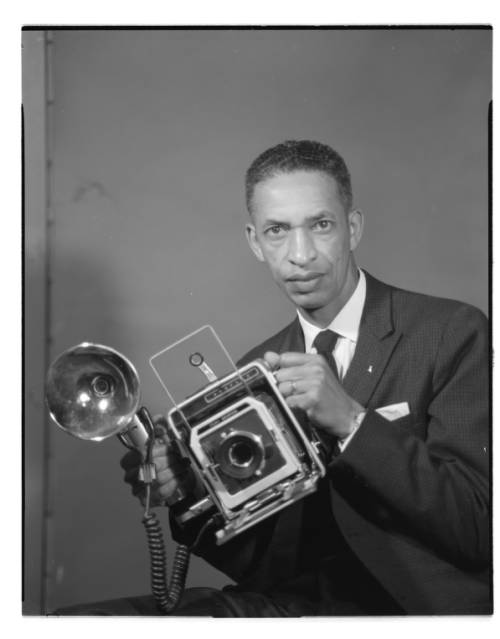
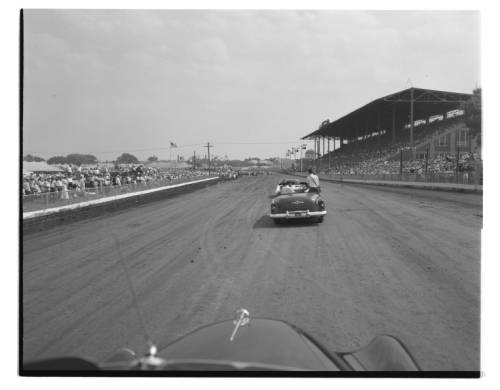
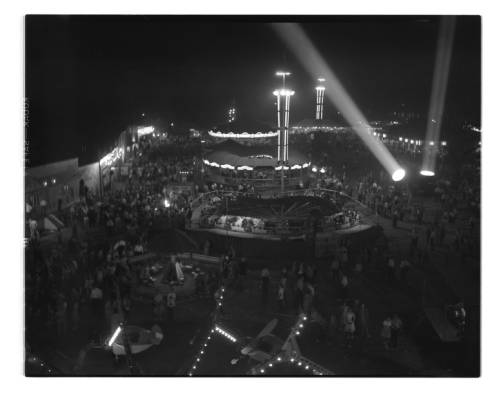
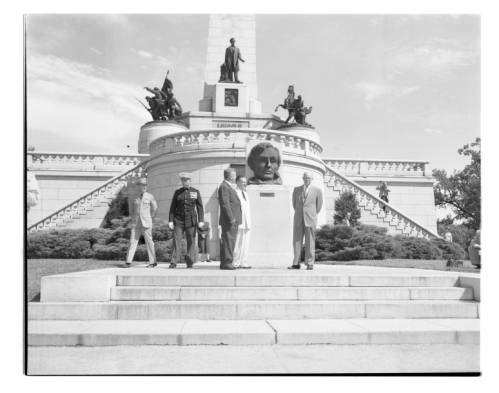
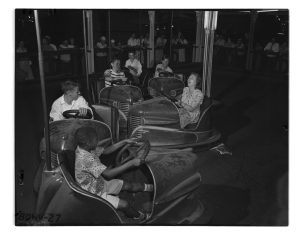
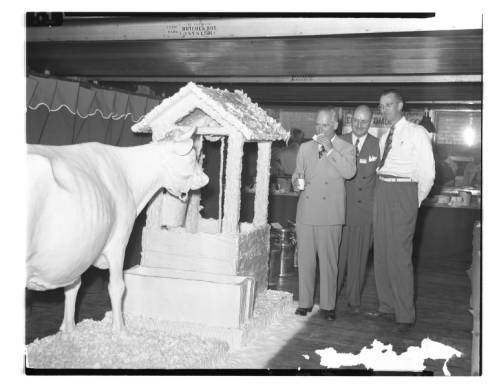
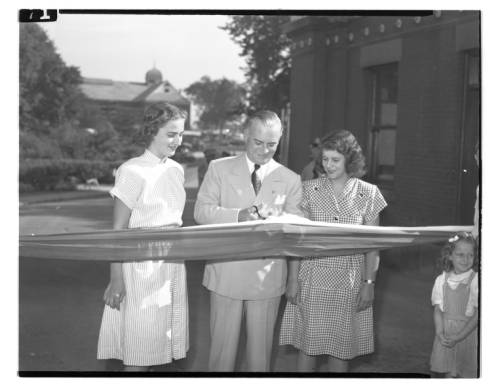
Want to see more?
Visit the IDHH to view even more photographs by Eddie Winfred “Doc” Helm.
Listen to an Abraham Lincoln Presidential Library and Museum oral history interview with Beverly Helm-Renfro, Eddie Winfred “Doc” Helm’s daughter, to learn more about the famous photographer and his legacy.
